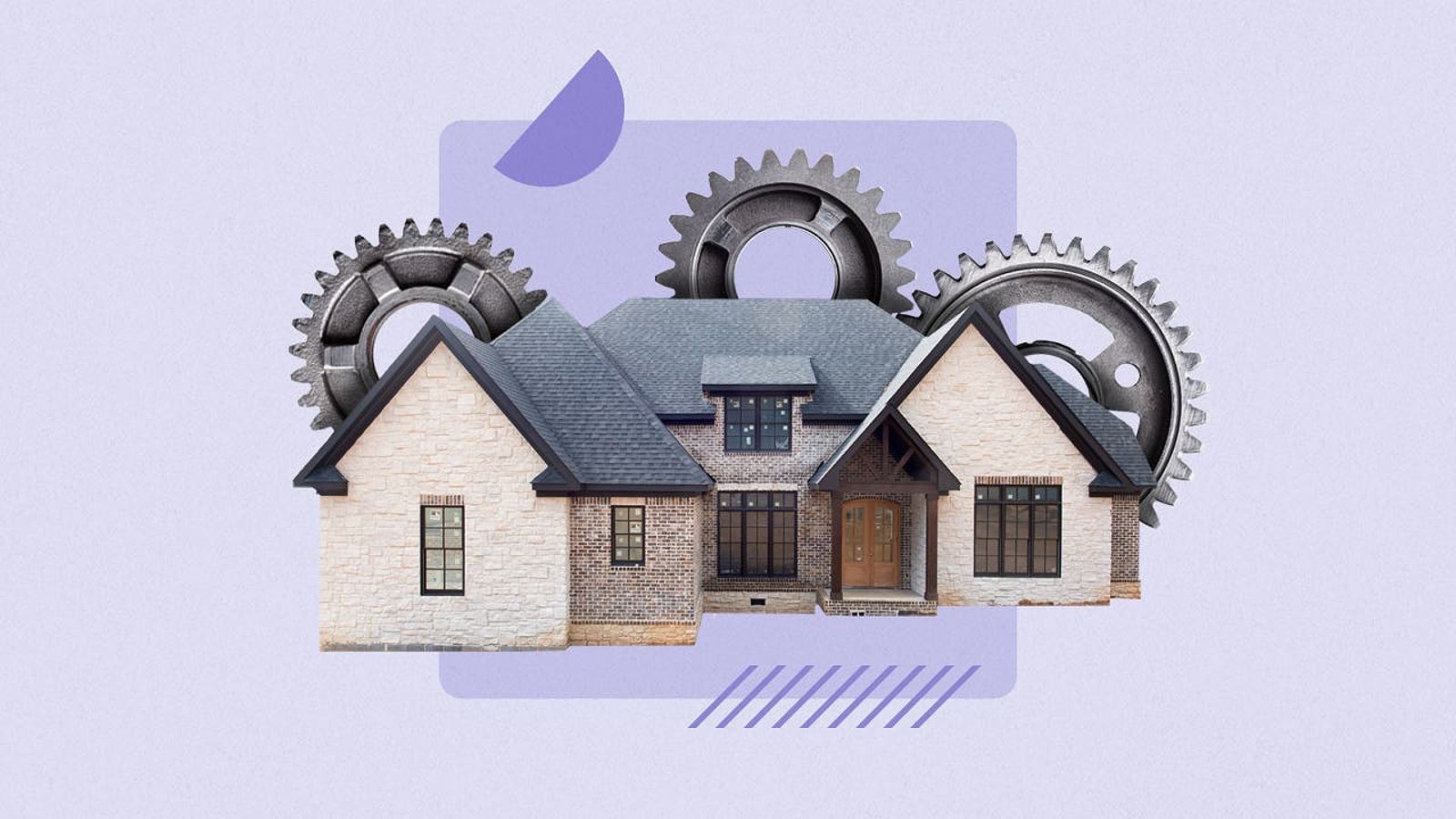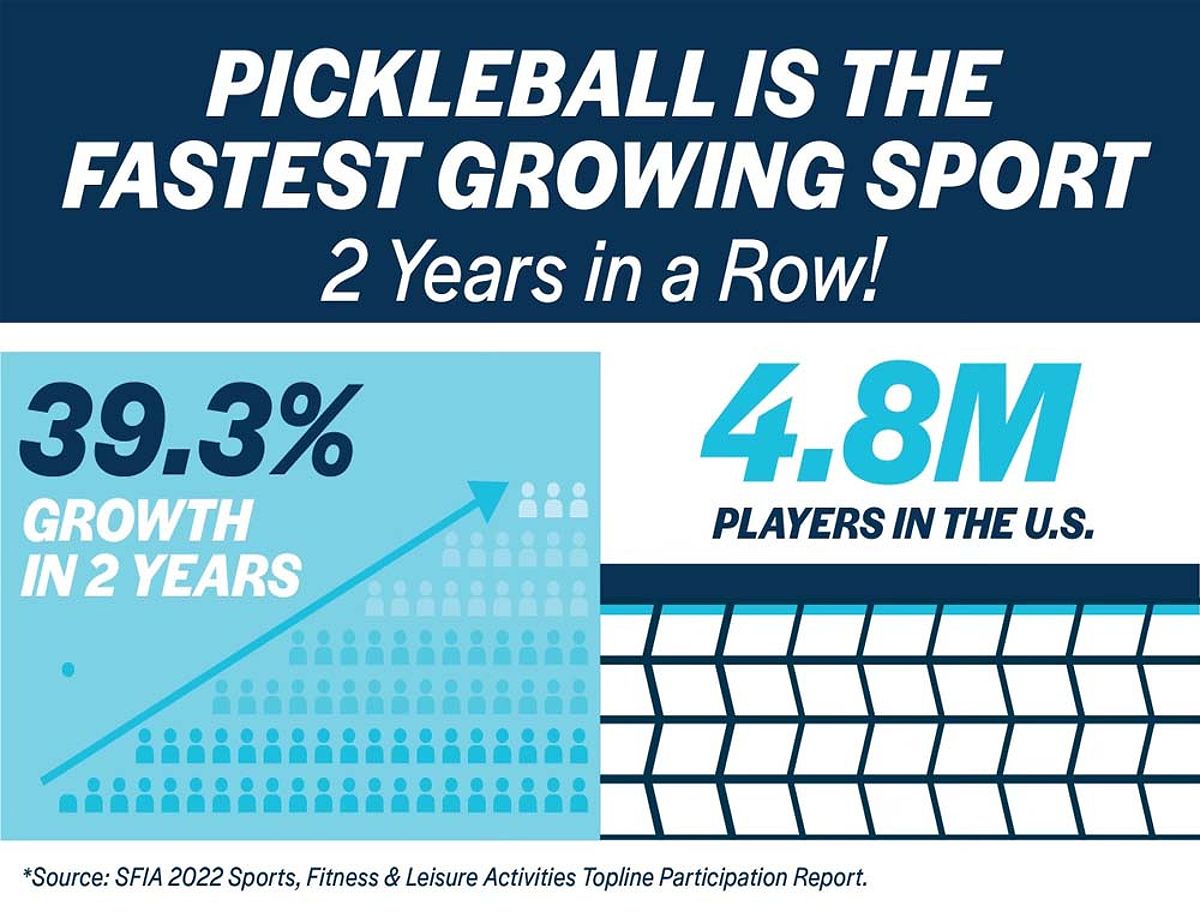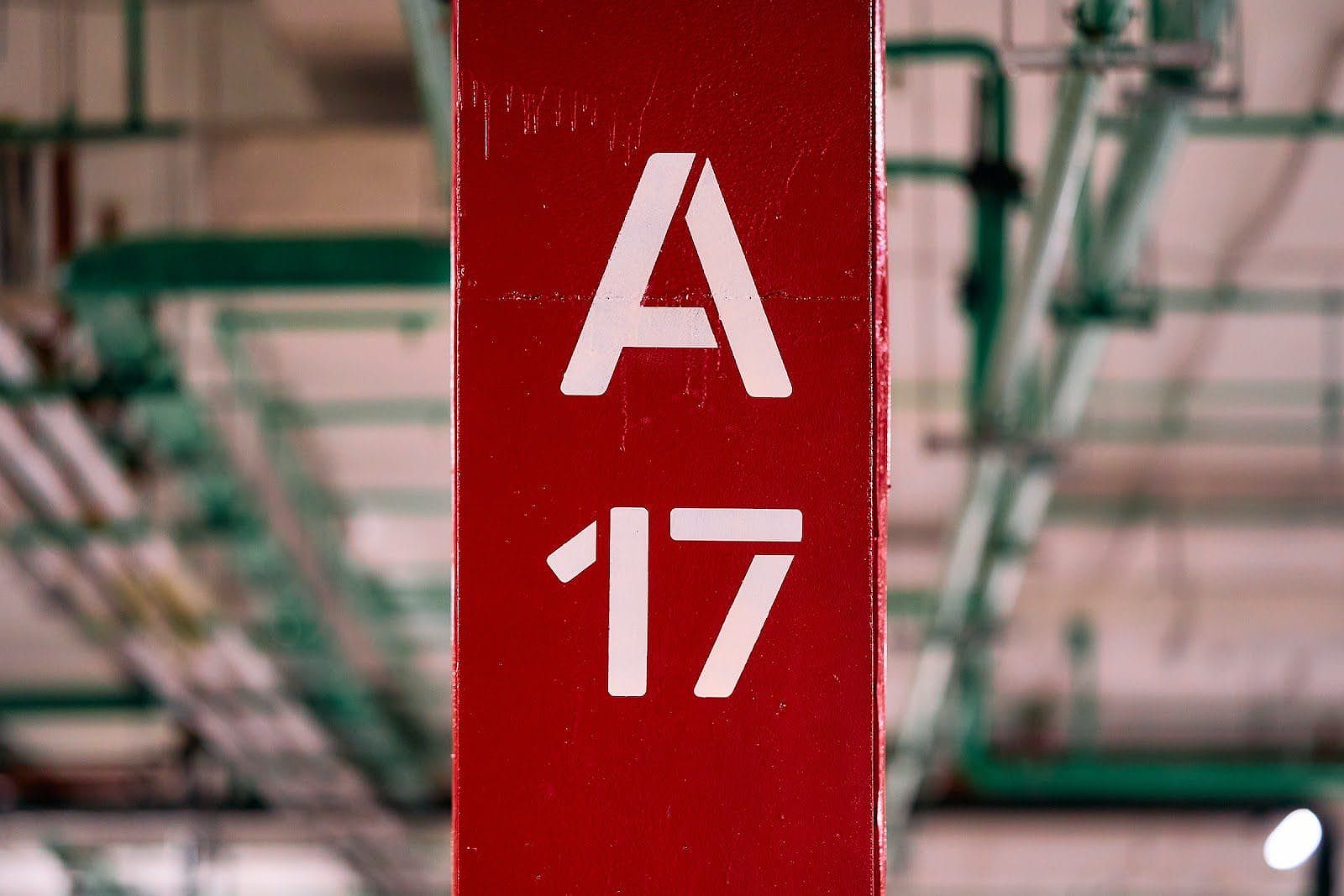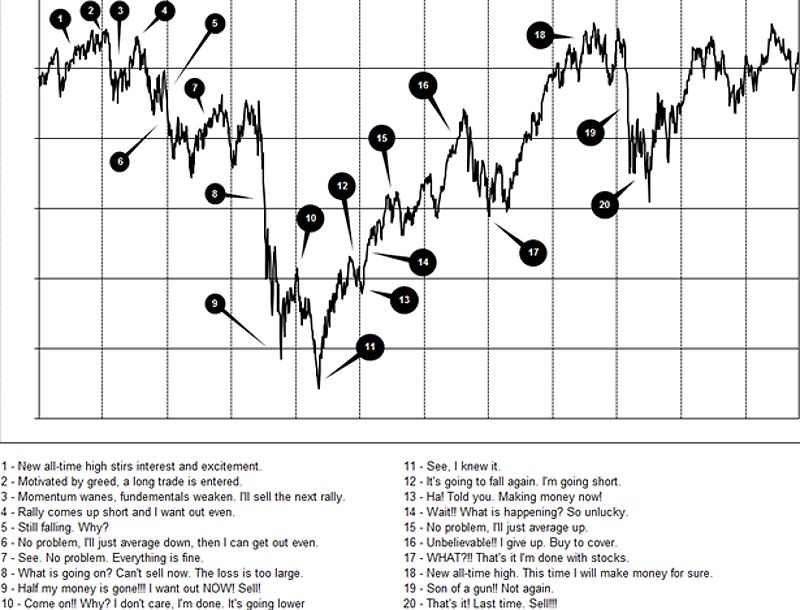What Is A 5/5 Arm? A Complete Guide For First-time Homebuyers
What is a 5/5 ARM? The 5/5 ARM presents a unique proposition for first-time homebuyers: a fixed interest rate for the initial five years, followed by adjustments every five years thereafter. While this can offer attractive initial rates, it’s crucial to consider the potential for higher payments during the adjustment periods. This article will explore the complexities of 5/5 ARMs, providing insights into their workings, pros, cons, and suitability for different financial situations.
Understanding Adjustable-Rate Mortgages (ARMs)
What are ARMs?
Adjustable-rate mortgages, commonly known as ARMs, are a category of home loans characterized by fluctuating interest rates. Unlike fixed-rate mortgages, where the interest rate remains stable throughout the loan term, ARMs can vary based on market conditions. This variability can be beneficial in times of declining interest rates but can also pose risks if rates rise.
Fixed-Rate Periods
Typically, ARMs come with fixed-rate periods that can last for 3, 5, 7, or even 10 years. During this time, the borrower enjoys a consistent interest rate, allowing for predictable monthly payments. The 5/5 ARM, specifically, locks in a fixed rate for the first five years, making it appealing for those looking to minimize initial costs.
Rate Adjustments
After the fixed-rate period, the interest rate on an ARM adjusts periodically—either annually or, as in the case of a 5/5 ARM, every five years. The new rate is determined based on a benchmark index, such as the Secured Overnight Financing Rate (SOFR). This means that while your payments may start low, there is a possibility of increases, making it essential to understand how these adjustments work.
Risk Factor
For first-time homebuyers, the risk associated with ARMs, particularly the 5/5 ARM, is a critical consideration. The potential for increased monthly payments after the initial period can be daunting, especially for those with limited financial flexibility. It’s vital to weigh the benefits of lower initial rates against the uncertainty of future payments.
What is a 5/5 ARM and How Does it Work
Structure
A 5/5 ARM is structured to provide a fixed interest rate for the first five years of the loan. After this initial period, the rate adjusts every five years for the remainder of the loan term, which is typically 30 years. This structure allows homeowners to enjoy lower payments initially while also providing the opportunity for adjustments based on market conditions.
Rate Increases
The potential for rate increases is one of the most significant aspects of a 5/5 ARM. For instance, if you secure a 5/5 ARM with an initial interest rate of 3%, your monthly payments will be based on this rate for the first five years. However, once the five-year mark is reached, the rate could rise to 4% or even 5% depending on the prevailing market conditions. This shift can lead to a considerable increase in your monthly payment, which you must be prepared to handle.
Hypothetical Example
To illustrate, let’s consider a hypothetical scenario:
- Initial Interest Rate: 3%
- Monthly Payment for First 5 Years: Based on a loan of $300,000, your payment might be approximately $1,265.
- Post Five-Year Adjustment: If the rate adjusts to 4% after five years, your new monthly payment could rise to around $1,432—a significant increase that could impact your budget.
Understanding these dynamics is crucial when evaluating whether a 5/5 ARM aligns with your financial goals.
Pros and Cons of a 5/5 ARM
Pros
-
Lower Introductory Rates: One of the most attractive features of a 5/5 ARM is its lower initial interest rates compared to fixed-rate mortgages. This can lead to reduced monthly payments during the fixed-rate period, making homeownership more affordable initially.
-
Potential for Lower Rates: If interest rates decline after the initial five years, your 5/5 ARM rate could adjust lower, resulting in decreased monthly payments.
-
Ideal for Short-Term Homeownership: For first-time homebuyers planning to sell their homes within the first five years, a 5/5 ARM can be a smart choice, allowing them to benefit from lower payments without worrying about future rate hikes.
Cons
-
Risk of Higher Payments: The most significant downside to a 5/5 ARM is the potential for your interest rate—and consequently your monthly payments—to increase significantly after the initial fixed period.
-
Uncertainty About Future Rates: Predicting interest rates five years down the line is challenging. This uncertainty can make financial planning difficult for first-time homebuyers.
-
Potential for Financial Strain: If your financial situation changes or if you are not prepared for increased payments, a 5/5 ARM could lead to financial strain.
5/5 ARM vs- Fixed-Rate Mortgage: Which is Right for You?
Comparison
When weighing the options between a 5/5 ARM and a fixed-rate mortgage, consider several factors:
-
Initial Interest Rates: Fixed-rate mortgages often come with higher initial rates compared to 5/5 ARMs, which could be appealing for budget-conscious buyers.
-
Monthly Payments: While 5/5 ARMs offer lower payments initially, fixed-rate mortgages provide consistency, which can be crucial for long-term budgeting.
-
Predictability of Payments: Fixed-rate mortgages guarantee stable payments, whereas 5/5 ARMs carry the risk of fluctuations.
-
Risk Tolerance: Your comfort level with financial risk will significantly influence your choice. If you prefer predictability, a fixed-rate mortgage may be more suitable.
Decision-Making Process
To make an informed choice, consider the following:
- Assess your financial situation and ability to manage potential payment increases.
- Evaluate your plans for homeownership—do you intend to stay long-term or sell within a few years?
- Reflect on your risk tolerance and how comfortable you are with potential financial fluctuations.
Tips for First-Time Homebuyers Considering a 5/5 ARM
Understand the Terms
Before committing to a 5/5 ARM, it’s crucial to thoroughly review the loan agreement. Pay attention to details such as adjustment periods, caps on rate increases, and the index used to determine your new rate. Knowledge is power when navigating mortgage options.
Plan for Rate Increases
Even if your intention is to sell within the initial five-year period, it’s wise to create a budget that accounts for possible payment increases. Life can be unpredictable, and having a financial cushion can alleviate stress.
Consider Alternative Options
Explore other mortgage types, such as 30-year fixed-rate mortgages, 15-year fixed-rate mortgages, or government-backed loans like FHA loans. Comparing rates and terms can help you find the best fit for your financial situation.
Seek Professional Advice
Consulting with a mortgage lender or financial advisor can provide valuable insights tailored to your specific needs and goals. Their expertise can help clarify complex terms and guide you toward the best mortgage option for your first home purchase.

Navigating the Mortgage Landscape: Additional Factors to Consider
Loan Terms
Beyond the choice between a 5/5 ARM and a fixed-rate mortgage, consider other essential loan terms. These include:
-
Adjustment Periods: Understand how often your interest rate may change and the impact of these adjustments on your payments.
-
Caps on Interest Rate Increases: Look for loans that limit how much your rate can increase at each adjustment, providing some level of protection against drastic payment hikes.
-
The Index Used: Familiarize yourself with the index that will determine your new rate, as this can affect your payments significantly.
Down Payment
Down payment requirements can vary widely between mortgage types. For first-time homebuyers, exploring options like FHA loans, which may have lower down payment requirements, can be beneficial.
Closing Costs
Be aware of the closing costs associated with each mortgage option. These costs can add up and impact the overall price of your home purchase.
Loan Eligibility
Mortgage lenders typically have specific eligibility criteria, including minimum credit scores and debt-to-income ratios. Understanding these requirements can help you determine which loans you may qualify for.
Long-Term vs- Short-Term
If your homeownership plans are long-term, a fixed-rate mortgage might provide the stability you need. Conversely, if you expect to move or sell within a few years, a 5/5 ARM could be a more economical choice.
FAQ
Q: What is the difference between a 5/1 ARM and a 5/5 ARM?
A: A 5/1 ARM adjusts the interest rate annually after the initial five-year period, while a 5/5 ARM adjusts every five years.
Q: How can I predict if interest rates will go up or down after the fixed-rate period?
A: While it’s impossible to predict interest rates with certainty, staying informed about economic trends and consulting financial experts can provide insights.
Q: Can I refinance my 5/5 ARM if rates go up?
A: Yes, refinancing your 5/5 ARM to a fixed-rate mortgage or another ARM is possible if rates become more favorable.
Q: Are there any other types of ARMs besides 5/5 ARMs?
A: Yes, other common ARMs include 3/1 ARMs, 7/1 ARMs, and 10/1 ARMs, each with different fixed-rate periods and adjustment frequencies.
Conclusion
In summary, understanding what a 5/5 ARM is and its potential implications is vital for first-time homebuyers. While this mortgage option can offer lower initial rates and flexibility, it also carries risks that should not be overlooked. Before making a decision, carefully evaluate your financial situation, seek professional advice, and explore all available mortgage options.
Are you ready to take the next step toward homeownership? Contact a reputable mortgage lender today for a personalized consultation tailored to your needs.
MORE FROM pulsefusion.org












